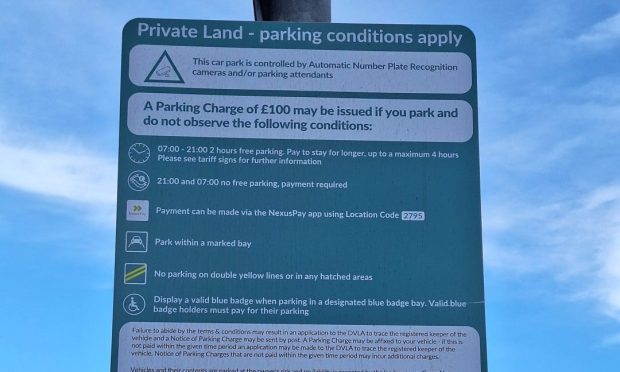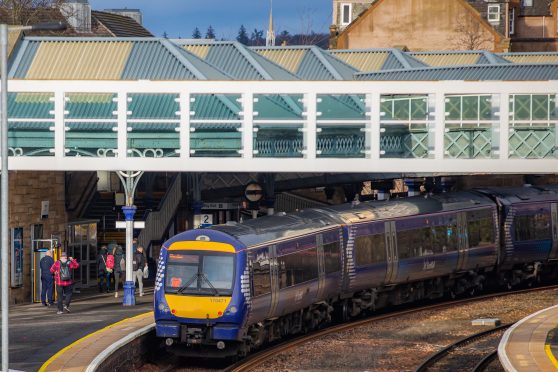Parents and young people are embracing the offer of free bus travel for under-22s – but being frustrated by the application process.
Many have reported applications for travel cards being rejected or timing out repeatedly, and spending more than an hour inputting details and uploading documents.
It is also claimed those without driving licences or passports – particularly those who are less well-off – are excluded from the scheme, as the documents are required as proof of address.
Applications for National Entitlement Cards for the Scottish Government’s provision of free bus travel for 5 to 21-year-olds went live on Monday.
But Satwat Rehman, director of One Parent Families Scotland, Tweeted her frustration during her third attempt at the application process, posting a photograph of the drop-down menu giving a driving licence or passport as the only options for proving identity.
She said: “Driving licences and passports cost money and many cannot afford them.”
Third attempt at application process for free bus travel for young people. What if you have neither of these but an up to date photo on Young Scot card or a current Young Scot card?Why is that not proof enough? Driving licences & passports cost money & many cannot afford them. pic.twitter.com/XcrgudlwM1
— Satwat Rehman (@SatwatR) January 11, 2022
One parent, James Withers, said he “barely survived” the free bus travel application process which he joked meant his kids will save 80p but “may now also be cleared for FBI work”.
Free bus travel for U21s in Scotland is amazing👏
But OMG the application process!
I’m IT literate & barely survived. I’ve uploaded passports, birth certs, proofs of address & photos. Plus a biometric face scan. The kids save an 80p fare and may now also be cleared for FBI work.— James Withers (@scotfoodjames) January 3, 2022
The process for applying for an NEC card differs depending on the age of child – parents must apply for children aged 5 to 15, and those aged 16 and over must apply themselves.
Photographs are required for children aged 11 and over, as well as birth certificates and biometric face scans.
Those whose applications are successful are entitled to free bus travel from January 31.
The application process is managed by the local government organisation Improvement Service and local authorities, with Transport Scotland responsible for policy and operation.
A Transport Scotland spokeswoman said: “When applying for a National Entitlement Card (NEC) to access the scheme proof of eligibility is required, which includes proof of person and proof of address, and parents or guardians must apply on behalf of children aged under 16.
“The address and person proofs required to make an application, either online or offline, for an NEC or Young Scot NEC for under-22s are the same as that for the older and disabled persons scheme.
“The young persons’ free bus travel scheme will provide easier access to work, education and leisure for nearly a million 5-21 year olds living in Scotland.
“We know some people may not be able to apply online and other application routes are available to help ensure no eligible young person is excluded.”










